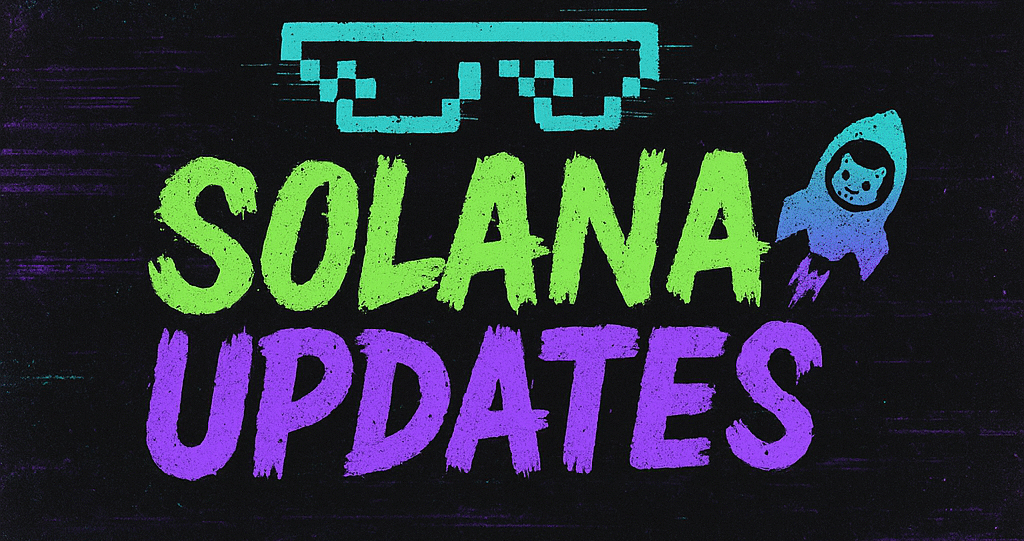In the evolving landscape of mortgage financing, the Federal Housing Finance Agency (FHFA) has recently unveiled a directive that aims to incorporate cryptocurrency assets into mortgage risk assessments. However, the directive has sparked a debate among industry experts and potential homebuyers, as it seems to overlook the significant role of self-custodied crypto assets, which could inadvertently increase counterparty risks.
The FHFA’s initiative to include cryptocurrency in mortgage assessments is a forward-thinking move, acknowledging the burgeoning influence of digital assets in personal wealth portfolios. The directive aims to provide a framework for financial institutions to evaluate the risks associated with cryptocurrencies held by prospective homebuyers. Yet, the current guidelines appear to predominantly focus on custodial assets, those held in exchanges or third-party platforms, potentially sidelining the vast array of self-custodial holdings.
The Rise of Self-Custody
Self-custody refers to the practice of individuals holding their digital assets independently, without relying on third-party services. This approach is particularly favored by crypto enthusiasts who prioritize security and autonomy over their financial assets. As the crypto market matures, an increasing number of investors are opting to self-custody their assets to mitigate risks associated with exchange hacks or insolvencies.
The FHFA’s current stance may inadvertently marginalize these self-custodied assets, treating them as less legitimate or secure. This could discourage homebuyers who prefer to manage their own crypto assets from leveraging them in mortgage applications, potentially skewing risk assessments unfavorably and increasing the perceived risk for lenders.
Counterparty Risk Concerns
One of the primary concerns raised by the directive is the potential increase in counterparty risk. By emphasizing custodial over self-custodial assets, the FHFA could inadvertently encourage homebuyers to transfer their holdings to exchanges or third-party custodians. This shift not only exposes assets to additional risks inherent in centralized custody but also contradicts the foundational principles of digital currency, which advocate for decentralization and reduced dependency on intermediaries.
Moreover, the directive’s current approach could lead to a homogenized view of crypto assets, failing to recognize the nuanced risk profiles associated with different custody methods. Financial institutions might miss out on a comprehensive understanding of a borrower’s true financial standing, which could lead to misaligned risk assessments and potentially unfavorable loan terms for borrowers.
A Call for Inclusivity in Crypto Assessments
Industry experts are calling for the FHFA to revise its guidelines to better reflect the self-custody reality of the crypto space. By developing assessment criteria that accurately evaluate both custodial and self-custodial assets, the agency can offer a more balanced view of a borrower’s financial health. This approach would not only align with the decentralized ethos of cryptocurrency but also provide lenders with a more comprehensive risk assessment framework.
Furthermore, embracing a broader understanding of crypto assets could foster innovation in mortgage products, allowing lenders to cater to a growing demographic of crypto-savvy consumers. As the financial landscape continues to evolve, it is crucial for regulatory bodies to adapt, ensuring that their policies reflect the diverse realities of modern asset management.
In conclusion, while the FHFA’s initiative to integrate cryptocurrency into mortgage assessments is a step in the right direction, it is imperative that the guidelines evolve to fully encompass the complexities of self-custody. By doing so, the agency can mitigate counterparty risks, promote financial inclusivity, and pave the way for a more resilient mortgage market in the digital age.
🛒 Recommended Product: Check out top-rated crypto gear on Amazon


